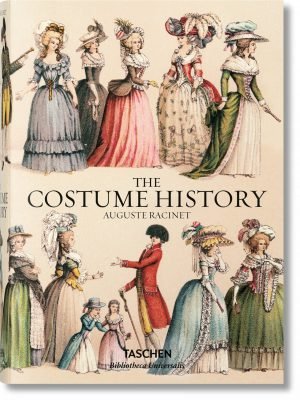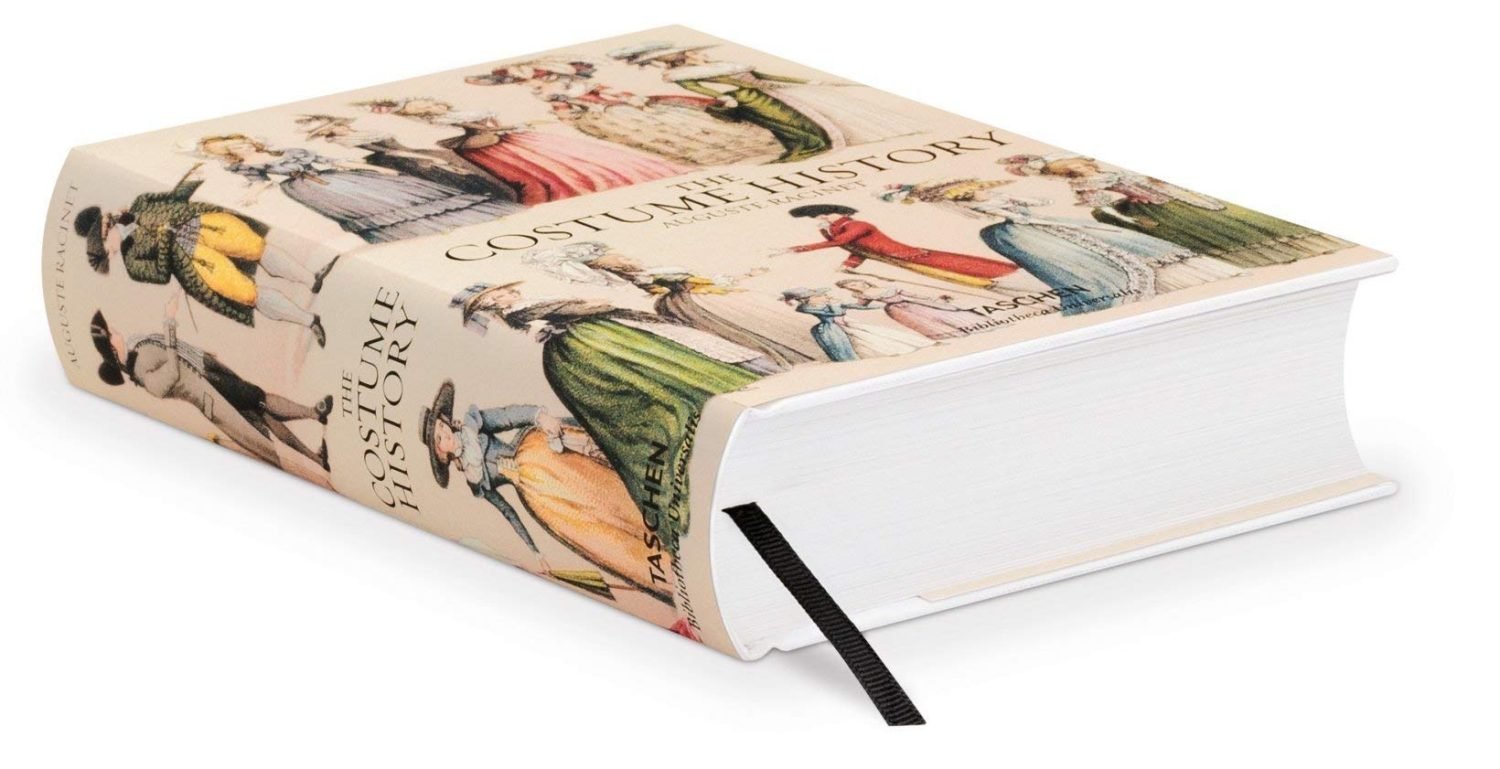EUROPA. 18TH CENTURY.

FRANCE. MAGNIFICENT ARMCHAIR. SECOND HALF OF THE CENTURY.
THE PALANQUIN.
The palanquin (litter, sedan chair) was invented by the English. It must have been in heavy use as early as 1663, as Butler mentions the cucking-stool in the Hudibras as a punishment for quarrelsome women. They were suspended above a surface of water in a palanquin attached to sticks and dipped into it from time to time. The palanquin, (litter), was an indispensable means of transport in the dirty streets of London and was imported to Paris by Monbrun, the bastard of the Duke of Bellegarde, Grand Master of the Stables under Louis XIII. Under Louis XIV and for most of the 18th century, societies, churches and theatres were visited only in the palanquin. In 1707, the Duchess of Nemours had herself carried in a palanquinm from Paris to Neufchatel in ten or twelve days, 500 km away from 40 porters who took turns.
In addition to the gilded palanquin of the royal house, the bearers of which enjoyed great privileges, there were the so-called chaises bleues for the service of the court, at the same time placed at the disposal of the public, i.e. corresponding to our paid carriages. In 1736 the grand prévôt lord of Montsoreau issued special regulations for them.
The gilded palanquin depicted on our panel from two sides is in the Carriage Museum in Trianon. The naval paintings are attributed to Joseph Vernet, while probably only the gilding was done by one of the painter’s brothers, Ludwig Franz Vernet, who executed the gilding with Braucourt in 1770 in the hall of the opera. Perhaps the chosen representations are related to the sea victory at the island of Menorca in 1756. The palanquin was found in 1835 at a second-hand shop in Paris, bought by Louis Philippe for 500 Fr., restored and set up in Versailles.
The furniture, consisting of sofa and armchairs, is turned in wood in the style of Louis XV and belongs to the Mobiliar national de France. The embroideries are excellent reproductions, made in Beauvais after good patterns.
All illustrations after photographs.
See Louis Dussieux (1815-1894), le Château de Versailles, 2 volumes 1881, Versailles. Le journal des Règnes de Louis XIV et Louis XV, by Pierre Narbonne, 1866. Londres, 3 volumes, by Pierre-Jean Grosley, Lausanne, 1770. Le Tableau de Paris, by Mercier.
Source: History of the costume in chronological development by Auguste Racinet. Published by Adolf Rosenberg. Berlin 1888.








